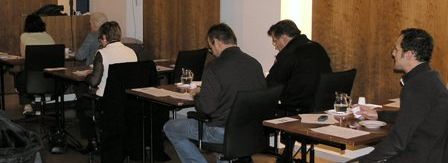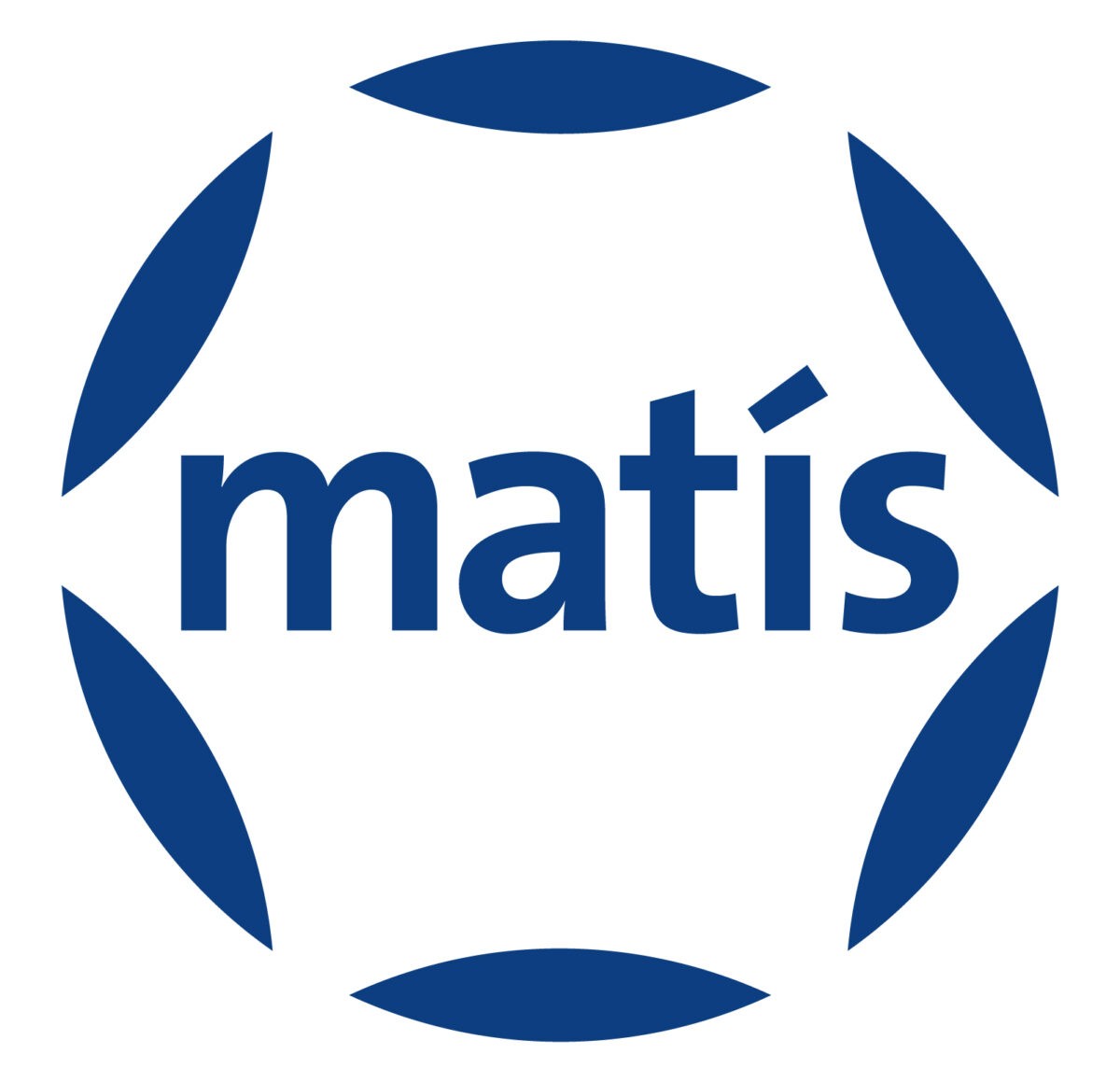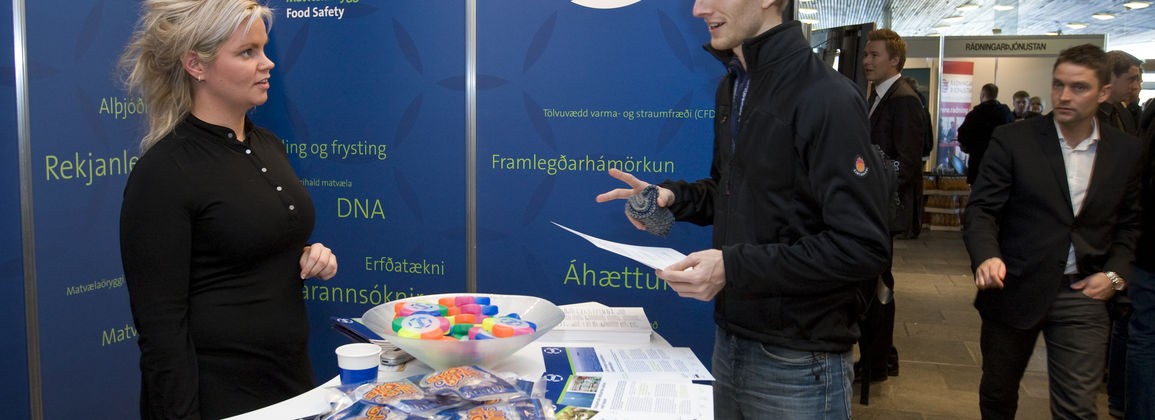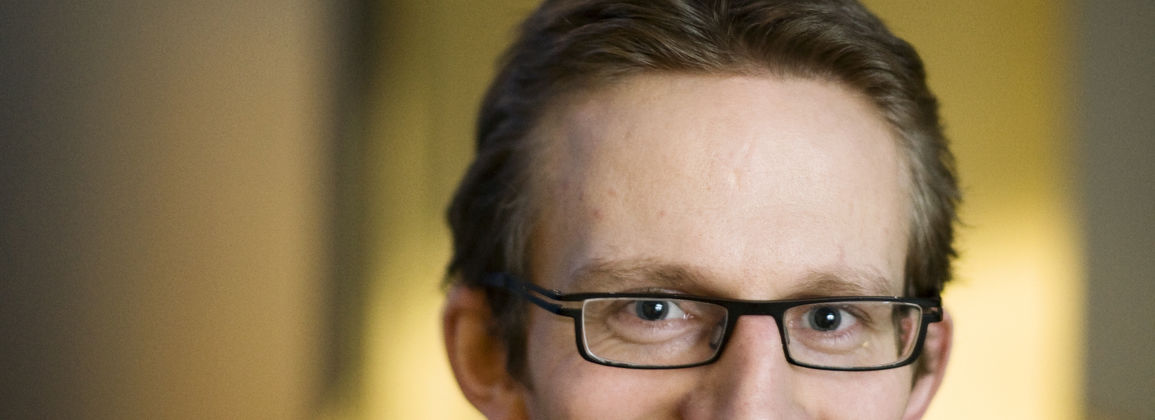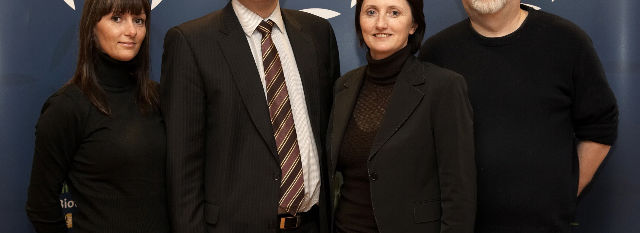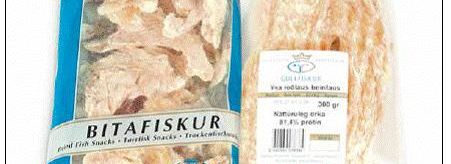At the beginning of the year, Emilía Martinsdóttir, Head of Matís' Processing and Product Development Division, took over the chairmanship of the European Sensory Network (ESN), an international association of research institutes and companies in the field of sensory evaluation and consumer research. Emilia will hold the presidency for the next two years.
The ESN has 23 participants from 16 European countries, but there are also four non-European members of the organization: from Canada, South Africa, Australia and Israel.
This international organization was originally established as a forum for discussion and collaboration among the best research companies in each country and is intended to ensure the food industry in each country accessible and safe methods of sensory evaluation. Participants all have extensive experience in this field.
ESN's activities include:
• Meetings to compare methods, research results and to organize research projects
• Hold seminars for industry in different countries
• Develop methods in the field of sensory evaluation and consumer surveys
• Joint research projects.
This year, companies in the food industries of these countries are invited to participate directly in ESN (ESN-Industry Network Partnerships). The companies will provide funding for specific research projects that they can agree on, and the research projects will be carried out by two or more ESN participants at a time. New research projects will then be selected annually. Among other things, the use of sensory evaluation and the best common methods in that field will be promoted to improve food product development. This ESN industry platform will increase the interaction of individual ESN members with the food industry.
Emilia is the head of department Consumer and sensory evaluation department at Matís. She says that Matís is a leader in the field of sensory evaluation in this country and that these international activities are part of the acquisition of knowledge and experience in Iceland that will be of great benefit to the Icelandic food industry.
More about ESN

